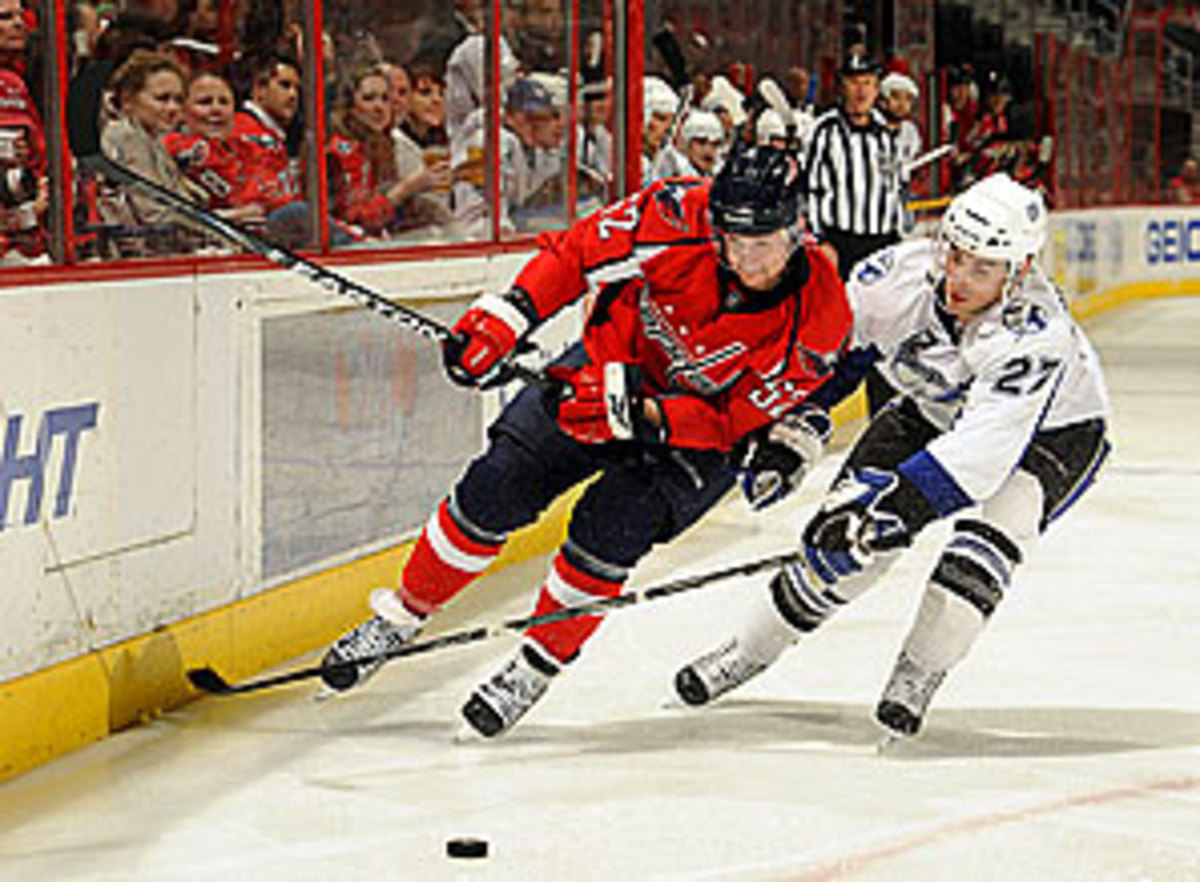Kids are critical in the cap era NHL
As teams get ready for camp and beyond, the pundit predictions will ramp up. Speculation will abound as to which assemblages have the best chances to ascend to playoff status in April. At this point, though, all I can commit to is the statement that any team that wins 45 games will get in because none have missed the postseason with that victory total since the lockout.
Inside the numbers, though, is team make-up. If this offseason proved anything, it's that constructing a team and keeping it intact is a constantly evolving process in the salary cap era. We need look no further than the Stanley Cup champion Chicago Blackhawks who had to divest themselves of the depth that made them championship caliber. The previous winner, the Pittsburgh Penguins, went through the same experience a year ago, losing key blueliners to free agency that changed their look and effectiveness. Not coincidentally, the emphasis for the Pens this time around was retooling their backend by signing top end defensemen Paul Martin and Zbynek Michalek via free agency.
As teams get used to the rhythms and realities of operating under a cap, identifying and keeping the core young players together has become essential. Both the Penguins and Blackhawks did that, locking up key twenty-somethings to long-term deals. That continuity is required to remain in the contenders mix for an extended period of time, and both past champions certainly qualify as top candidates, with Sidney Crosby, Evgeni Malkin, Jordan Staal and Marc-Andre Fleury in the fold in Pittsburgh and Jonathan Toews, Patrick Kane, Duncan Keith and Brent Seabrook still in Chicago.
Add the Washington Capitals into the conversation with Alexander Ovechkin, Mike Green, and Nicklas Backstrom under 25, well paid and part of an elite roster, and you have the best examples of teams that have flourished through the draft after failing on the ice for years. All three are deep as well, with plenty of other players in their prime as complimentary pieces. For these three teams, the expectations are high and, with that, their youthful nuclei have inherent pressure to produce. For the Caps, that means playoff success. For the Penguins, a return to the Cup final, and for the Blackhawks, the challenge is defending their title with a group that is vastly different than the one that succeeded.
Beyond these examples of youth carrying the day, there are other programs with pressures of their own. Can anyone predict how the upstart Avalanche will respond next season after surprising everyone -- including themselves -- with their run to the playoffs last spring? They sputtered down the stretch, but showed plenty of resolve in righting themselves enough to finish in the top eight in the Western Conference. Can they do it again, or will they struggle as did the St. Louis Blues, who were the prior season's young guns story? The Blues were wildly inconsistent for most of the first half of last season, but finished with a flourish in moving up to ninth -- five points behind the Avs.
The Blues acquired goaltender Jaroslav Halak to improve the overall consistency of their group. Halak's heroics for the Montreal Canadiens last spring proved he could keep a team afloat when it wasn't at its best. That's the tonic the Blues sought and feel they got. Still, they will look for better start-to-finish seasons from a host of forwards including David Perron, Patrik Berglund and TJ Oshie. The pressure on this emerging group is to play consistently well enough to be a solid playoff team. That is different than the scrutiny in Chicago, Pittsburgh and Washington, but no less important.
In fact, the excitement that's building as training camps approach is in part due to the growing reliance on younger players at the center of so many teams. Not all teams are in the same strata, but younger and younger players have to deliver for a team to succeed. That's a variable that makes predictions perilous.
It's intoxicating to consider where the Los Angeles Kings will go this time around after seemingly running out of energy late last season. In the Eastern Conference, and Southeast Division specifically, did the Lightning, Thrashers and Panthers reformulate their rosters enough to become playoff teams? Success in each case will depend on the maturity of players under 25 -- and in some cases players right around 20 years old. The moves themselves and the potential of the players involved give hope -- no matter what their ages.
And while it appears that I know that the players entering the league are better prepared than ever before for the rigors of NHL life, I'm not willing to delve into the mental make-up of most 23-year-olds and come up with anything bankable. Not yet. For now, 45 wins as a target will have to do. Over the next two weeks, though, we will drill down further and look at some important numbers beyond win totals and birth dates.






